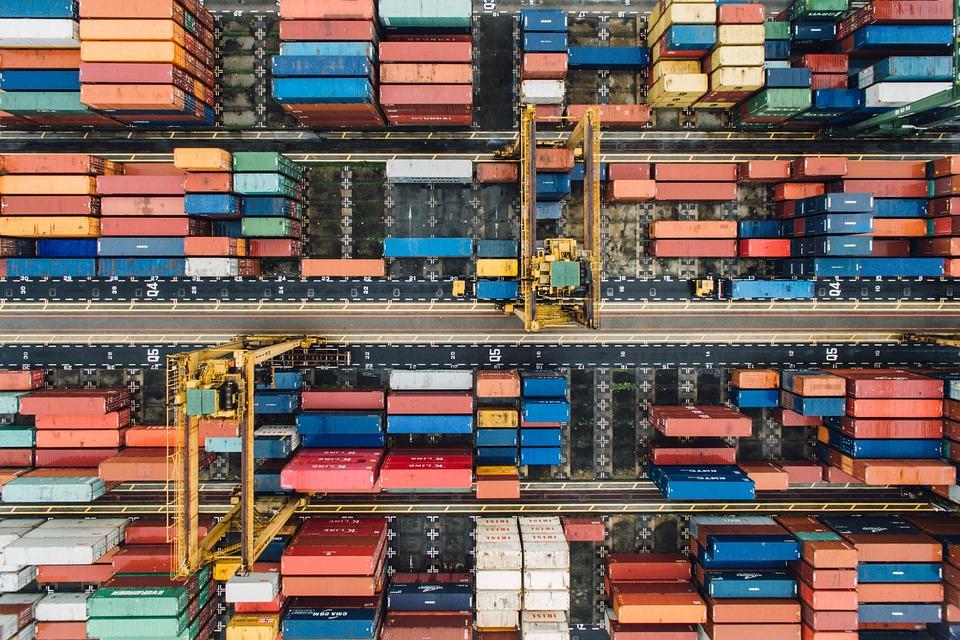The global steel demand has experienced a significant surge in recent years, driven by various factors such as urbanization, infrastructure development, and industrialization. According to a report by the World Steel Association, the global steel demand is expected to reach 1.85 billion metric tons in 2025, up from 1.73 billion metric tons in 2020 (1). This growth is expected to be driven by the increasing demand from the construction, automotive, and energy sectors.
The construction sector is one of the largest consumers of steel, accounting for over 50% of the global steel demand. The growing demand for housing, commercial buildings, and infrastructure projects is driving the demand for steel in this sector. For instance, the Indian government’s plan to build 100 smart cities is expected to drive the demand for steel in the construction sector (2). Similarly, the growth of the renewable energy sector is also driving the demand for steel, as it is used in the production of wind turbines and solar panels.
The automotive sector is another significant consumer of steel, accounting for around 15% of the global steel demand. The growing demand for electric vehicles is driving the demand for steel in this sector, as it is used in the production of batteries and other components. For example, the Chinese government’s plan to promote the adoption of electric vehicles is expected to drive the demand for steel in the automotive sector (3). Additionally, the growth of the aerospace sector is also driving the demand for steel, as it is used in the production of aircraft and other aerospace components.
The energy sector is also a significant consumer of steel, accounting for around 10% of the global steel demand. The growing demand for oil and gas is driving the demand for steel in this sector, as it is used in the production of pipelines, tanks, and other equipment. For instance, the growth of the shale gas industry in the United States is expected to drive the demand for steel in the energy sector (4). Similarly, the growth of the nuclear energy sector is also driving the demand for steel, as it is used in the production of nuclear reactors and other equipment.
The industrial sector is also a significant consumer of steel, accounting for around 20% of the global steel demand. The growing demand for machinery, equipment, and other industrial products is driving the demand for steel in this sector. For example, the growth of the manufacturing sector in countries such as China and India is expected to drive the demand for steel in the industrial sector (5). Additionally, the growth of the agricultural sector is also driving the demand for steel, as it is used in the production of tractors, plows, and other agricultural equipment.
In terms of regional trends, the Asia-Pacific region is expected to be the largest consumer of steel, accounting for over 60% of the global steel demand. The growing demand from countries such as China, India, and Japan is driving the demand for steel in this region. For instance, the Chinese government’s plan to promote the development of the western region is expected to drive the demand for steel in the Asia-Pacific region (6). Similarly, the growth of the Middle East and Africa region is also driving the demand for steel, as it is used in the production of oil and gas equipment, pipelines, and other infrastructure projects.
The global steel demand is expected to be driven by various factors such as urbanization, infrastructure development, and industrialization. The growing demand from the construction, automotive, and energy sectors is expected to drive the demand for steel in the coming years. For example, the Indian government’s plan to build 100 smart cities is expected to drive the demand for steel in the construction sector (7). Additionally, the growth of the renewable energy sector is also driving the demand for steel, as it is used in the production of wind turbines and solar panels.
In conclusion, the global steel demand is expected to surge in the coming years, driven by various factors such as urbanization, infrastructure development, and industrialization. The growing demand from the construction, automotive, and energy sectors is expected to drive the demand for steel. The Asia-Pacific region is expected to be the largest consumer of steel, accounting for over 60% of the global steel demand. The growth of the Middle East and Africa region is also driving the demand for steel, as it is used in the production of oil and gas equipment, pipelines, and other infrastructure projects (8).
FAQs:
Q: What is driving the growth of the global steel demand?
A: The growth of the global steel demand is driven by various factors such as urbanization, infrastructure development, and industrialization. The growing demand from the construction, automotive, and energy sectors is also driving the demand for steel (9).
Q: Which region is expected to be the largest consumer of steel?
A: The Asia-Pacific region is expected to be the largest consumer of steel, accounting for over 60% of the global steel demand. The growing demand from countries such as China, India, and Japan is driving the demand for steel in this region (10).
Q: What is the expected growth rate of the global steel demand?
A: The global steel demand is expected to grow at a rate of 2-3% per annum in the coming years, driven by the growing demand from the construction, automotive, and energy sectors (11).
Q: Which sector is the largest consumer of steel?
A: The construction sector is the largest consumer of steel, accounting for over 50% of the global steel demand. The growing demand for housing, commercial buildings, and infrastructure projects is driving the demand for steel in this sector (12).





